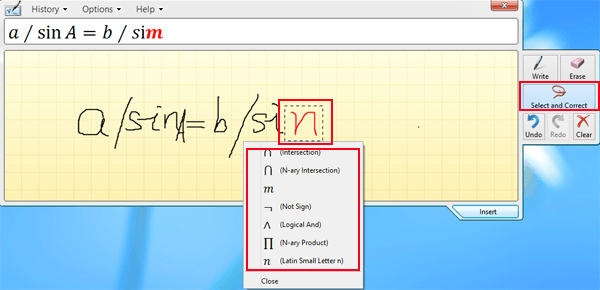

Rotate our coordinates so b is horizontal: it becomes (|b|, 0), and everything is on this new x-axis. How much energy is actually going in our original direction? The word "projection" is so sterile: I prefer "along the path". Since the x- and y-coordinates don't affect each other (like holding a bucket sideways under a waterfall - nothing falls in), the total energy absorbtion is absorbtion(x) + absorbtion(y): We list out all four combinations (x with x, y with x, x with y, y with y). Like multiplying complex numbers, see how each x- and y-component interacts: Rectangular Coordinates: Component-by-component overlap I think "How much energy/push is one vector giving to the other?". "Applying vectors" is still a bit abstract. Negative number: we have negative (reverse) growth in the original direction.Positive number: we have some growth in the original direction.Zero: we don't have any growth in the original direction.The final result of the dot product process can be: And the rules of (0, 4) are "Destroy your banana growth, and quadruple your orange growth." When applied to something with only bananas, like (3, 0), we're left with nothing. We're mutating the original vector based on the rules of the second.

See how we're "applying" and not simply adding? With regular addition, we smush the vectors together: (3,0) + (0, 4) = (3, 4). But (3, 0) had no orange growth to begin with, so the net result is 0 ("Destroy all your fruit, buddy"). (0,4) means "Destroy your bananas, quadruple your oranges"Īpplying (0,4) to (3,0) means "Destroy your banana growth, quadruple your orange growth".(3,0) means "Triple your bananas, destroy your oranges".Now they're not the same type of number: what happens when apply growth (use the dot product) in our "bananas, oranges" universe? Let's say 3 means "triple your bananas" (x-axis) and 4 means "quadruple your oranges" (y-axis). Now, suppose 3 and 4 refer to different dimensions. 3 x 4 = 12 means we get 12x growth in a single dimension. The number 3 is "directional growth" in a single dimension (the x-axis, let's say), and 4 is "directional growth" in that same direction.

Let's start simple, and treat 3 x 4 as a dot product: The "this stuff = that stuff" equation just means "Here are two equivalent ways to 'directionally multiply' vectors".


 0 kommentar(er)
0 kommentar(er)
